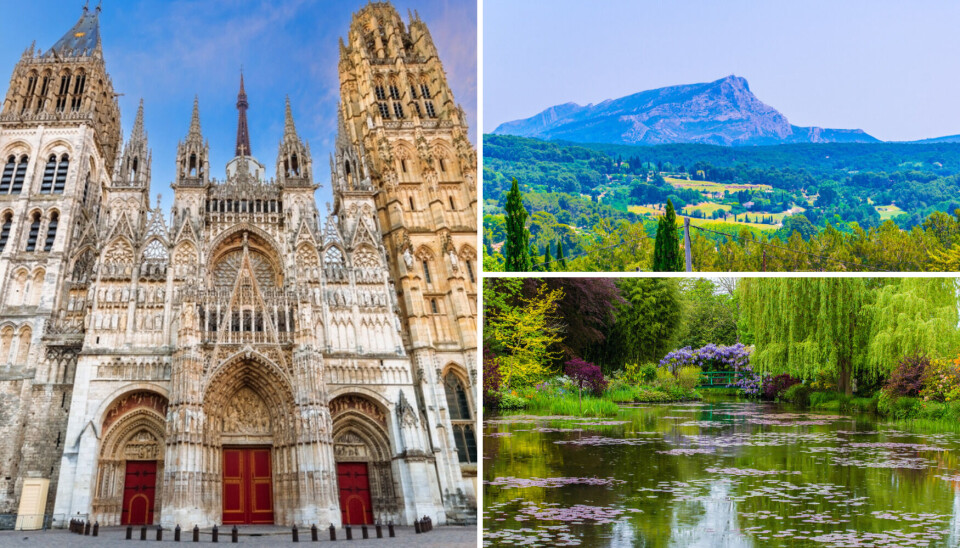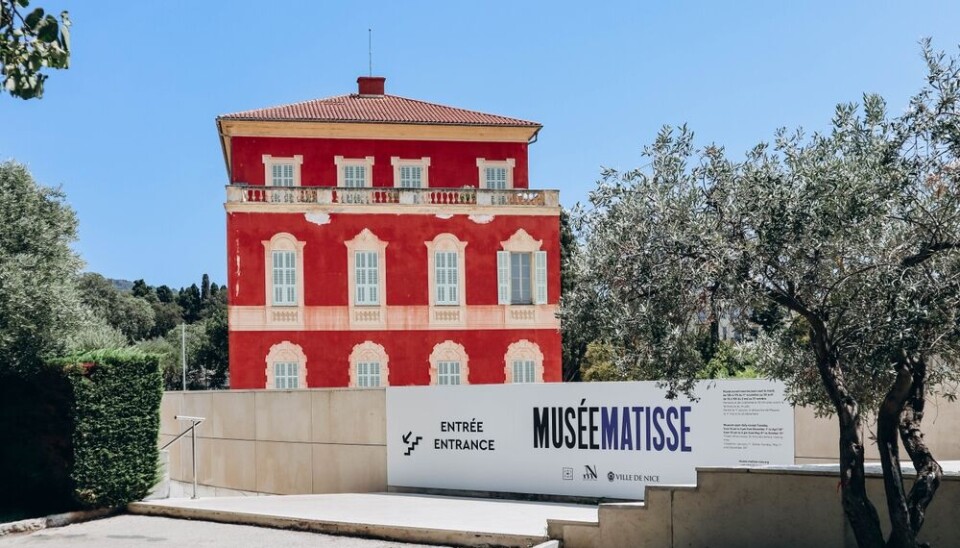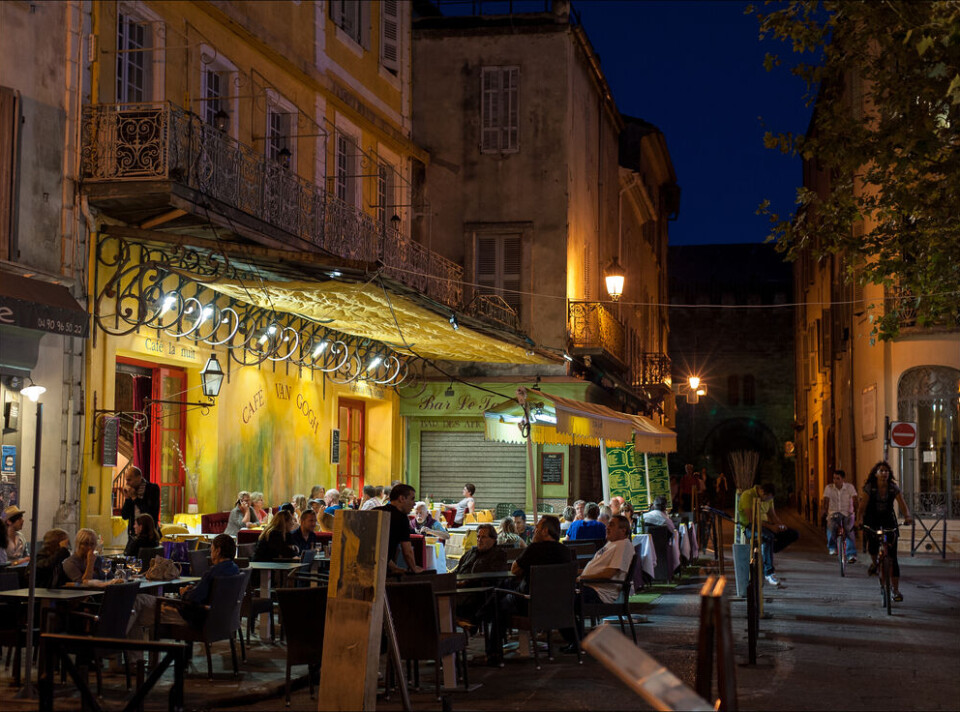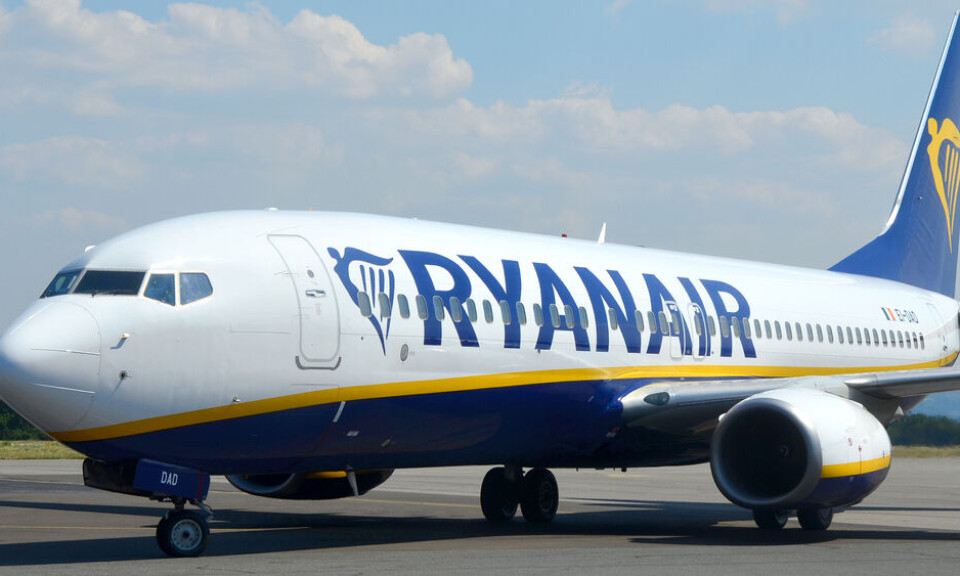-
Stendhal syndrome: has art ever driven you to distraction?
Discover the condition where art induces intense emotions and even physical reactions
-
Why does eastern France celebrate Saint-Nicolas on December 6?
Father Christmas may be known for his present delivery on December 24, but in the east of France, another bearded figure bearing gifts is celebrated much earlier in the month
-
Zinc rooftops of Paris find new life as artworks
Customers can take home a piece of the capital’s iconic UNESCO-listed skyline
Where some of world’s best-known artists found inspiration in France
From Nice to Rouen via Arles, we look at the French locations that fired artists’ imaginations

Henri Matisse - Nice area
The French Riviera was a great source of inspiration for Henri Matisse and the place where he spent his final days, bed-bound and painting on walls using long sticks.
Having first visited in 1916 when he travelled to Menton to recover from bronchitis, he then often spent the winters in the south where the vibrant colours inspired much of his work.

He lived in various hotels around the city, and while many of them have now been renovated or destroyed, his legacy lives on in the Musee Matisse, which shows the artist’s work through the years and his development through different styles. These artworks were donated to the city of Nice by Matisse himself in the lead-up to his death, with the goal of making a museum.
Read also: ‘Paris proves people will happily pay for great art’
One of his final projects was to design the stained glass windows in Chapelle du Rosaire in Vence, near Nice. Today the chapel is often referred to as the Chapelle Matisse, and it can be visited by the public.
The Musee Matisse is currently closed and will reopen on June 23 2023. Chapelle Matisse has different opening times in the summer and the winter. More information can be found here.
Claude Monet - Giverny
Giverny in the Eure department of France was home to Claude Monet for 43 years of his life and provided him with much inspiration for some of his greatest works, as well as inspiring other impressionist artists who followed Monet’s suit and moved to the village.
Nowadays, Monet’s home is a museum dedicated to the artist’s life, while the gardens designed by Monet himself are also open to visitors.
Some of Monet’s most famous paintings, such as his Water Lilies series, were based on the Japanese-style gardens that Monet created himself, which the public can still see for themselves today.
The house is closed for visiting during the winter months but reopens every year from April to November. More information can be found here.
Paul Cezanne - Aix-en-Provence
Paul Cezanne was born in 1839 in Aix-en-Provence, a city that would soon become the source of inspiration for much of his work.
The artist was part of the impressionist movement of the 19th century and his paintings of the southern city have resulted in him being dubbed “the city’s most famous ambassador”.
Throughout Aix-en-Provence, inspiration for Cezanne’s work can be identified.
Musee Granet is home to 10 of Cezanne’s paintings, with the museum itself frequented by the artist towards the end of the 1850s as he attended the art school there.
Elsewhere in Aix, you can find perhaps Cezanne’s biggest muse - the Sainte-Victoire, a mountain made of limestone rock. This has appeared in over 80 of Cezanne’s paintings. There are lots of hiking trails which take you both around Sainte-Victoire and up to the peak.
To find the view of Sainte-Victoire as Cezanne would have seen it, you can visit le Terrain des Peintres. For Cezanne, this space was a 15-minute walk from his workshop and allowed him the perfect view of the hill which appears so often in his work.
Cezanne worked for the final four years of his life in a room which has since been named ‘L’atelier de Cezanne’ and aims to keep the memory of the artist alive. The atelier holds exhibitions and cultural events.
Read also: Absinthe, corkscrews, santons: 8 unusual museums to visit in France
Impressionist artists - Rouen
Rouen played an important role in French art towards the end of the 19th century, and inspired many artists, so much so it has been dubbed the capital of impressionism.
Camille Pissarro described the town as “as beautiful as Venice”, with its location between Paris and Normandy enticing artists to flock there.
Simply wandering around the town will allow you to identify the different muses of artists including Monet, Sisley, Pissarro and Gauguin, such as the cathedral, the Grand-Horloge (big clock), and the area of Martainville.
Much of these artists’ works can be found in the Musee des Beaux-Arts. More information can be found here.
Henri Matisse and André Derain - Collioure
The summer of 1905 saw artists Henri Matisse and André Derain work together in the small commune of Collioure in the Pyrenees with views of the Mediterranean Sea.
Their work that summer surrounding colour launched a new movement - le fauvisme.
Today you can see the town through the eyes of the likes of Matisse and Derain by taking a tour - le chemin du fauvisme - and seeing recreations of the paintings in the exact spots they were painted.
Vincent Van Gogh - Arles
While Van Gogh is Dutch, not French, much of his work was inspired by France and in particular, Arles, where he spent 20 years of his life.
There are 10 spots around the city, identified by a map available in the tourist office, where you can find the exact locations of where Van Gogh painted some of his most famous works, complete with a recreation of the paintings.

The Fondation Vincent Van Gogh in Arles provides an opportunity to explore the links between Van Gogh and Arles.
Meanwhile, Espace Van Gogh is located in the former hospital where the artist spent time recovering after cutting off his ear, which inspired his painting Hôpital d’Arles. Nowadays, the space is used as artists’ studios and exhibition space and while it looks slightly different from the days of Van Gogh, the gardens and the hospital depicted in the painting are still recognisable.
Pablo Picasso - Provence-Alpes-Côte-d'Azur
The Cote d’Azur has always been popular with artists, including one of the most famous of all time, Pablo Picasso.
Despite being born in Spain, he spent much time living in France where he found inspiration for numerous works.
From his arrival on the Cote d’Azur in 1946 to his death in 1973, Picasso’s work celebrated the Mediterranean.
Having spent seven years in Vallauris, Picasso donated a statue - L’Homme au mouton - to the town in 1949. This was the first statue by Picasso installed in a public place. You can see the statue in Place Paul Isnard in Vallauris to this very day.
It was in this town that he worked largely with ceramics, and there are guided tours where you can “walk in the footsteps of Picasso” to experience what the artist’s life was like while living there.
Also located in the town is the national museum of Pablo Picasso, La Guerre et La Paix, which has a whole floor dedicated to the locations in the town where Picasso lived and worked.
The museum is located in this Roman chapel because it was where Picasso chose to install one of his works, La Guerre et La Paix (War and Peace).
David Hockney - Normandy
The famous British artist is an ambassador for Normandy, with his 2021 exhibition A Year in Normandy exploring the landscape through digital forms - paintings created on Hockney’s iPad.
Having moved to the Pays d’Auge in Normandy in 2019, he uses his home, garden and surrounding countryside to inspire more than 100 works on the device across an entire year.
This is exhibited as an 80m long frieze, like Monet’s water lilies, and revolves around the renewal of nature.
The exhibition, which has toured various locations in France over the past two years, is currently on show in Museum Würth 2 in Künzelsau in Germany.
Salvador Dali - Perpignan
You can simply take the train to Perpignan to find the inspiration of Salvador Dali, who dubbed the Perpignan station “the centre of the Universe”.
He dedicated a painting - La gare de Perpignan - to the station, which is a surrealist version of the gare.
While the painting is on display in Cologne in Germany, you can go direct to Perpignan station to try and see Dali’s vision for yourself.
William Turner - La Loire
Another Englishman inspired by France was William Turner, who captured the landscape of La Loire in his 19th-century paintings.
Scarlet Sunset is particularly famous, which depicts the sun setting over La Loire, with much of the painter’s work focussed on rivers.
According to legend, Monet himself was inspired by this painting when he visited London 50 years later.
Today, the painting can be seen at the Tate Britain.
Related articles
Plain sailing? Not for the Paris art museum inspired by a ship
Twitter account devoted to France’s ‘ugliest’ architecture under fire
























